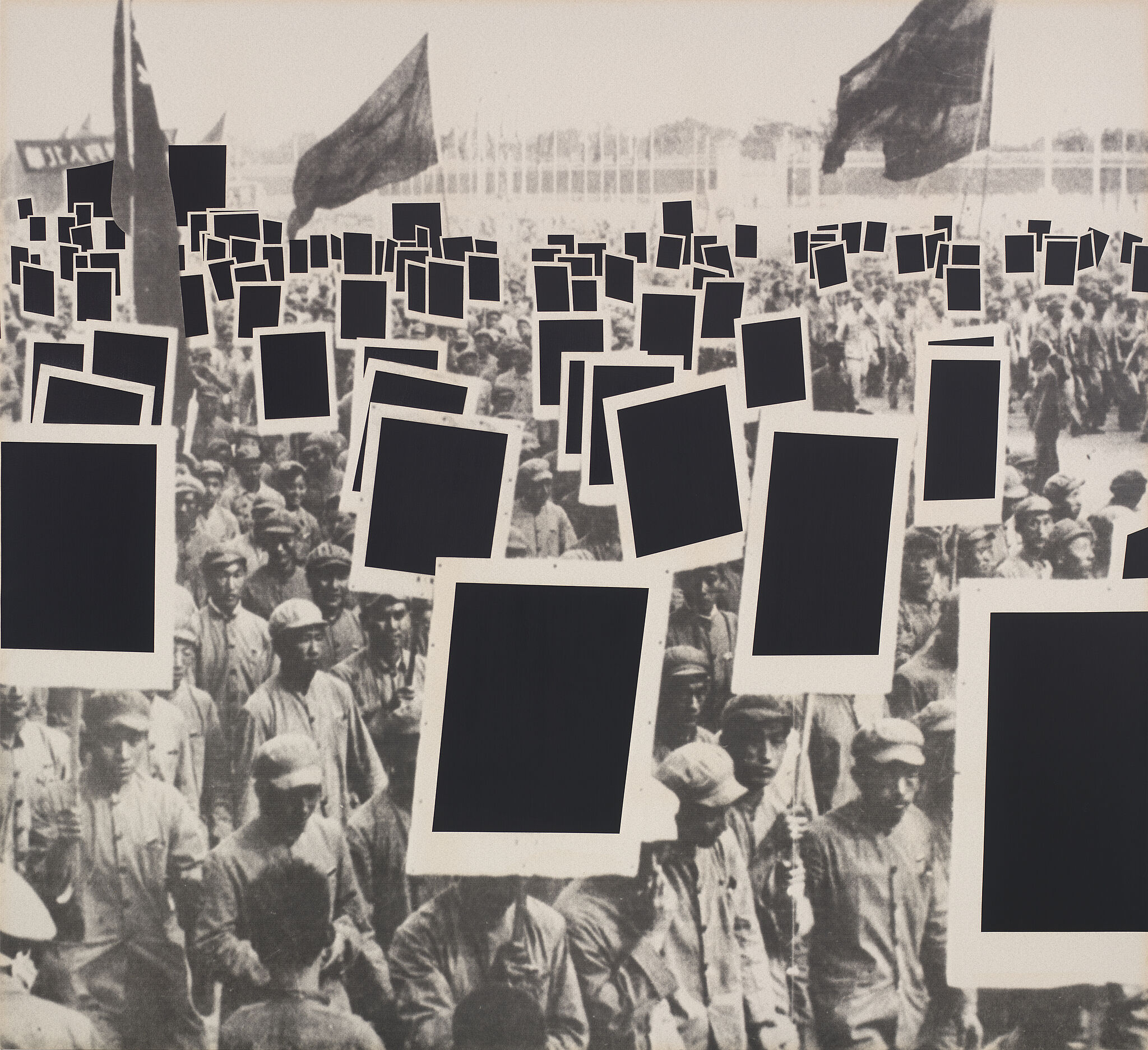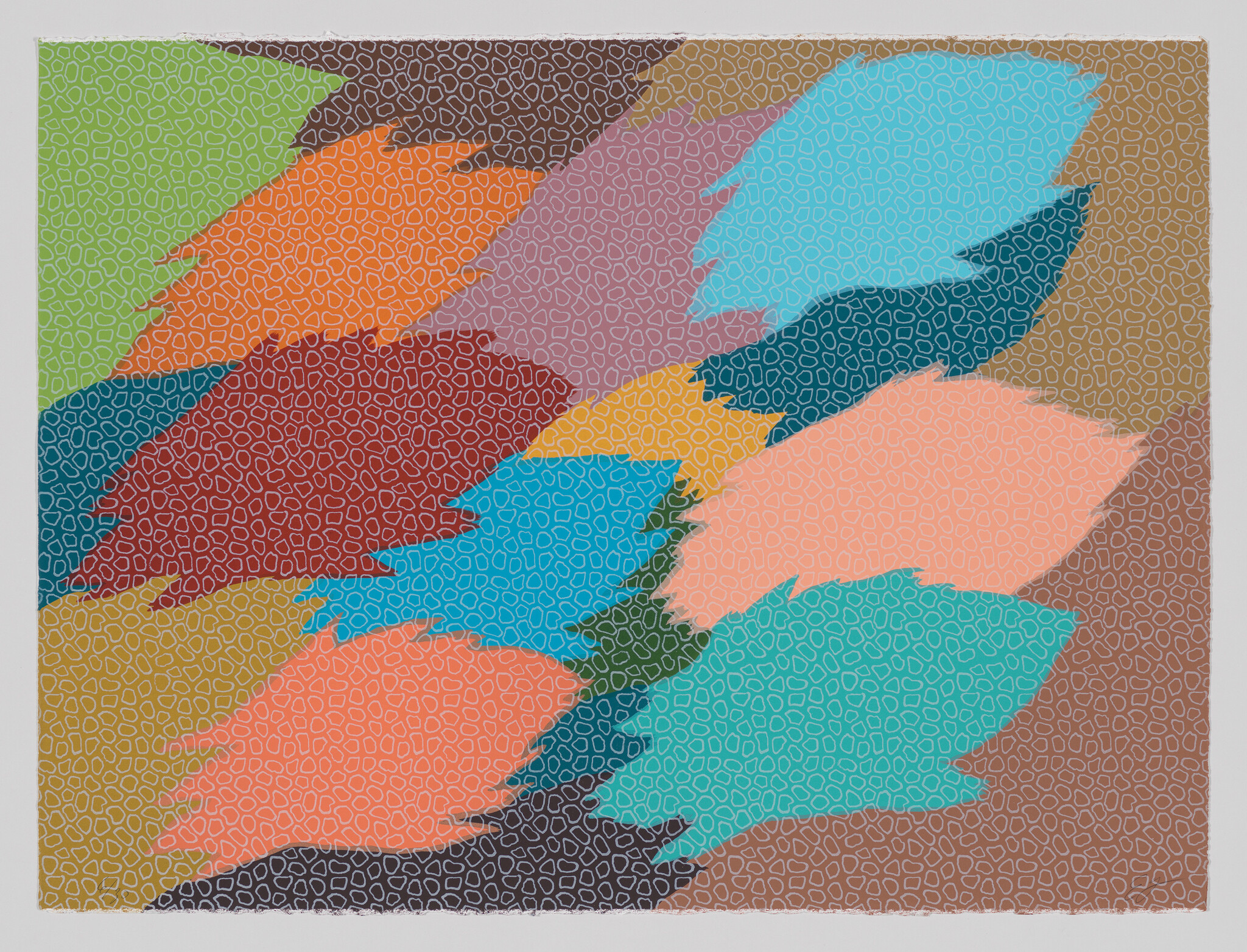An Incomplete History of Protest:
Gran Fury's Tom Kalin on Hock E Aye VI Edgar Heap of Birds
Aug 22, 2018
Tom Kalin of the AIDS activist collective Gran Fury responds to American Policy, a series of pastel drawings by Cheyenne/Arapaho artist Hock E Aye VI Edgar Heap of Birds and discusses language-based artwork.
I’m Tom Kalin, I’m a filmmaker and a member of the AIDS activist collective, Gran Fury, and I’m here today discussing the work of Edgar Heap of Birds and his piece Disappear Me which is part of a series of drawings called American Policy. I think one thing that’s interesting to think about in terms of “American Policy” as a name of a series of drawings is it’s just so blunt. It’s putting on public trial the laws and belief systems that govern a country, and I think that’s incredibly powerful, and on a personal level I connected it with—’cause the earliest work of Gran Fury is a piece called Let the Record Show, where we attempted to put our public officials on trial for their negligence during the AIDS crisis, and the fact that it caused so many Americans to die.
I love in Edgar Heap of Birds’ work this idea of using language to bring into the white cube of the museum bodies that are generally excluded or not present or not visible into the museum not just this work, but in a whole career’s worth of work, he’s been using words and language, as action, as political action, and as representation to invite those who’ve been excluded.
Disappear Me is a cry to be recognized and to remain. It’s also a melancholic wish, or a fulfillment of something, or a kind of expression of those who have already disappeared. Edgar Heap of Birds talked a lot about breaking pastels when he drew these drawings, and you can see in the physical mark-making the kind of sense of the mark as a extension of the physical body and the drawing as an extension of the body. Unlike many language-based artists of this period of time, he’s using touch. He’s using the mark. He’s using the hand, and also drawing is a second-class citizen to painting, generally in the art world, and so there’s this idea of using a less important form to speak to the audience.
I think Edgar Heap of Birds manages to be very particular and individual and specific about his own Native American culture, about his Cheyenne culture, using often in his work puns and humor, so in some of his early paintings he used Cheyenne words and mistranslated them for non-Cheyenne language speaking audience, which I find really funny. People always think of AIDS activism as so serious, and the work of Gran Fury mostly used humor, because we understood it was one of the ways to pierce through something, to break through something.
Edgar Heap of Birds talked about this idea of an arrowhead as a kind of metaphor for piercing through something, breaking through something, but it also talks about political work as an irritant, as something that makes a chink in a wall, and I love the idea that that chink in the armor is being achieved by somebody with a breakable piece of pastel in their hand. Sort of fantastic image of how powerful the work is, and how complicated it is to be a single person attacking a power structure on behalf of a community.


